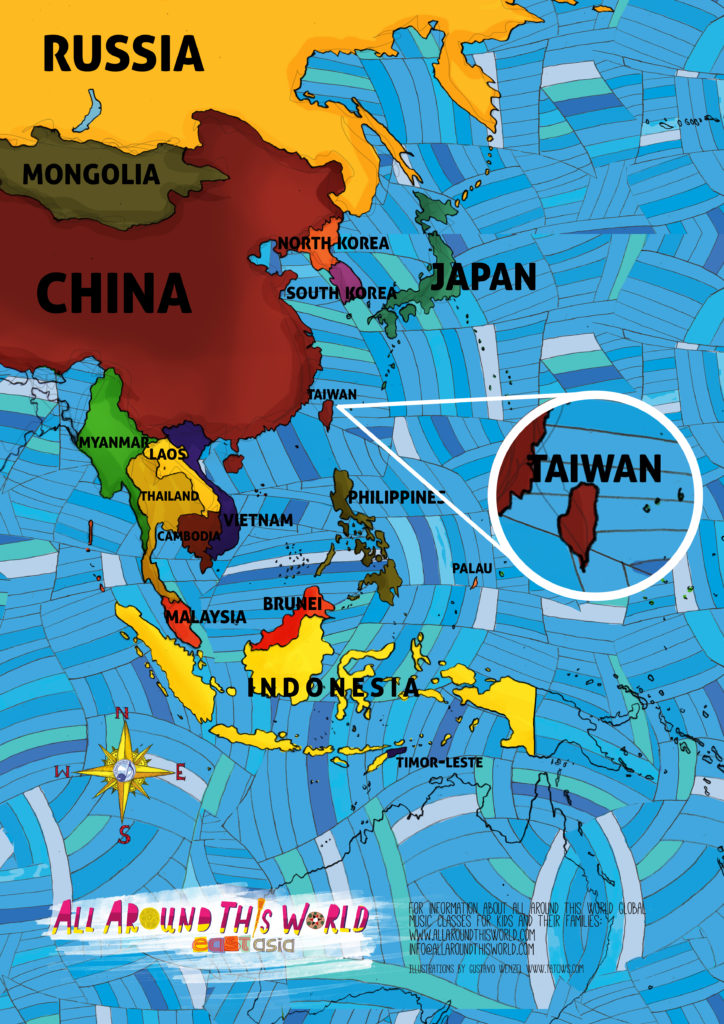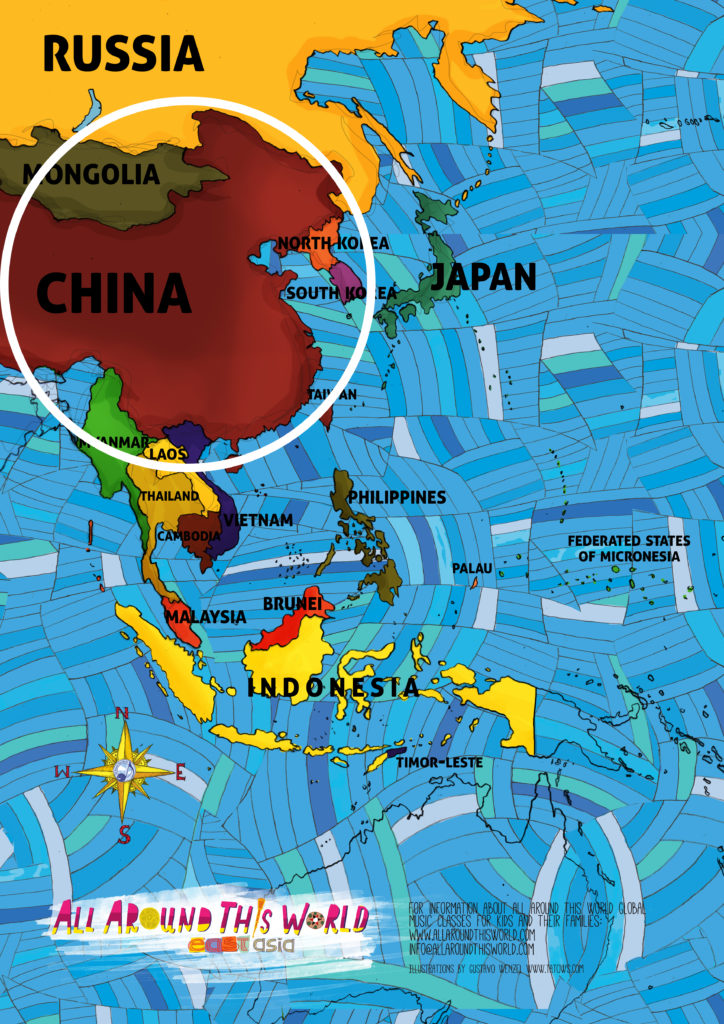All hail Roman Tam, Cantopop’s “Grand Godfather!”“Cantopop,” music that most often originates in Hong Kong, fuses Cantonese-language music with Western styles such as jazz and rock. It increased in popularity throughout the ’70s when vocalist Roman Tam scored several hits with Cantopop TV theme tunes. In the 1980s, “the Golden Age of Cantopop,” Cantopop record sales boomed, performers like Danny Chan and Teresa Teng, former “Queen of Mandarin Songs,” became Cantopop stars, and Cantopop record companies signed musicians to lucrative contracts. This led to an era in the ’90s in which “Four Heavenly Kings” dominated Cantopop music — Andy Lau, Aaron Kowk, Leon Lai and Jacky Cheung. in this video you’ll see Tam at his 1983 prime.



